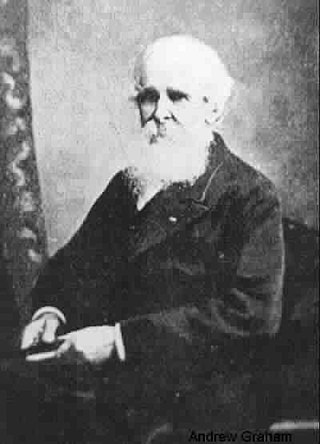
Andrew Graham, born in Irvinestown County Fermanagh, Ireland, was an Irish astronomer, orbit computer and discoverer of the asteroid 9 Metis.

Markree Observatory was an astronomical observatory in County Sligo, Ireland. The asteroid 9 Metis was discovered from this observatory in 1848 by Cooper's assistant Andrew Graham using a comet seeker telescope. The observatory was also home to the largest refractor of the early 1830s, which had a 13.3-inch (340 mm) aperture Cauchoix of Paris lens; the largest in the world at that time. The observatory also housed a number of instruments and was operated to varying degrees throughout the 19th century.
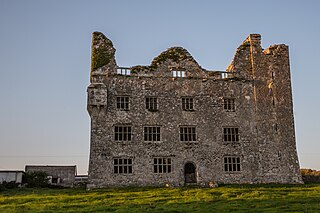
Leamaneh Castle is a ruined castle located in the townland of Leamaneh North, parish of Kilnaboy, between the villages of Corofin and Kilfenora at the border of the region known as the Burren in County Clare, Ireland. It consists of a 15th-century tower house and a 17th-century mansion.
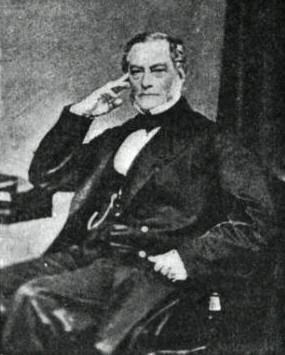
Thomas Grubb was an Irish optician and founder of the Grubb Telescope Company.
Bryan Ricco Cooper was an Irish politician, writer and landowner from Markree Castle, County Sligo. He was prominent in Dáil Éireann in the early years of the Irish Free State, having previously served as MP to Westminster for South Dublin (1910), an area he subsequently represented in the Dáil from 1923 to 1930.

Donough Edward Foster O'Brien, 16th Baron Inchiquin was an Irish peer and 29th direct descendant of Brian Boru.

Sir Donough O'Brien, 1st Baronet of Leameneh was an Irish politician and baronet.
Conor Myles John O'Brien, 18th Baron Inchiquin, The O’Brien, Prince of Thomond, and 10th Baronet of Leamaneh, was an English-born Irish clan chief and holder of an Irish peerage. Although his family's ancestral home, Dromoland Castle, was sold, he remained owner of a large house and substantial estate in Dromoland, County Clare until his death.
The High Sheriff of Sligo was the British Crown's judicial representative in County Sligo, Ireland, from the 16th century until 1922, when the office was abolished in the new Free State and replaced by the office of Sligo County Sheriff. The sheriff had judicial, electoral, ceremonial and administrative functions and executed High Court Writs. In 1908, an Order in Council made the Lord-Lieutenant the Sovereign's prime representative in a county and reduced the High Sheriff's precedence. However the sheriff retained his responsibilities for the preservation of law and order in the county. The usual procedure for appointing the sheriff from 1660 onwards was that three persons were nominated at the beginning of each year from the county and the Lord Lieutenant then appointed his choice as High Sheriff for the remainder of the year. Often the other nominees were appointed as under-sheriffs. Sometimes a sheriff did not fulfil his entire term through death or other event and another sheriff was then appointed for the remainder of the year. The dates given hereunder are the dates of appointment. All addresses are in County Sligo unless stated otherwise.
Edward Synge (1691–1762) was an Anglican bishop in the Church of Ireland who was the Bishop of Clonfert and Kilmacduagh (1730–1732), Bishop of Cloyne (1732–1734), Bishop of Ferns and Leighlin (1734–1740) and Bishop of Elphin (1740–1762).

Ennistymon House was a former country house in the village of Ennistymon, County Clare in Ireland. Built on the elevated site of a medieval castle it has now been incorporated into the Falls Hotel.
Owen Wynne was an Irish landowner and politician.
Colonel Joshua Edward Cooper was an Irish landowner and politician from County Sligo.
Edward Synge Cooper was an Irish landowner and politician from County Sligo. He sat in the House of Commons of the United Kingdom from 1806 to 1830.
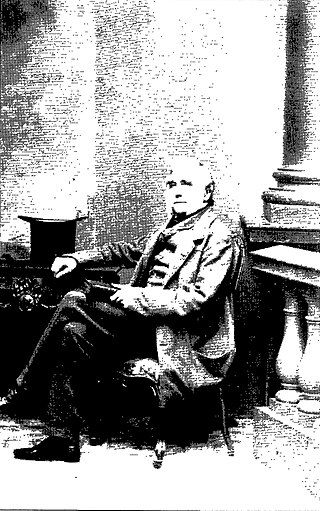
Edward Joshua Cooper was an Irish landowner, politician and astronomer from Markree Castle in County Sligo. He sat in the House of Commons of the United Kingdom from 1830 to 1841 and from 1857 to 1859, but is best known for his astronomy, and as the creator of Markree Observatory.
Joshua Cooper was an Irish landowner and politician from County Sligo.
Joshua Cooper was an Irish landowner and politician from Markree Castle, near Collooney in County Sligo.

Lieutenant-Colonel Edward Henry Cooper was an Irish officer in the British Army, a landlord in County Sligo, and a Conservative politician.
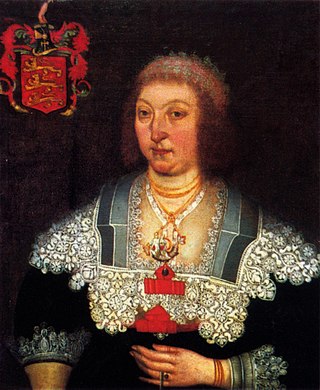
Máire Rua O'Brien was an Irish aristocrat who married three times to retain family lands. Born into the MacMahon family of Thomond, her name, Máire Rua or Red Mary, derived from her red hair. First married to Daniel Neylon (O'Neillan) of Dysert O'Dea Castle in north County Clare, after his death in 1639, she married Conor O'Brien of Leamaneh Castle. With her second husband, she backed the Royalist cause against Cromwell's forces during the Eleven Years' War. However, after her second husband was killed in 1651, she married a Cromwellian officer; in a reputed attempt to save her estate. Remaining on her estate at Leamaneh for several decades, her son Donough O'Brien moved the family seat to the larger Dromoland Castle where she lived until her death in 1686. A sometimes notorious figure in Irish folklore, a number of exaggerated stories and legends are associated with her life.
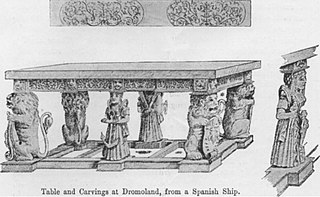
Conor O'Brien of Leameneagh was an Irish nobleman and land-owner in County Clare.
















